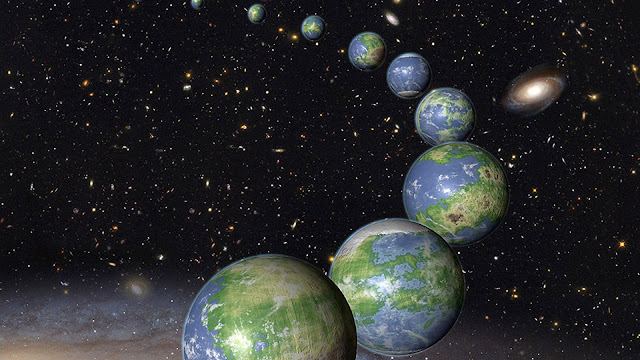Maybe you think that having one Earth is enough, but what if there were billions of them? Recent research suggests that there could be as many as 6 billion planets similar to our own Earth in the Milky Way galaxy.
The University of British Columbia's (UBC) astronomers made a groundbreaking discovery by analyzing information gathered by NASA's Kepler project. Over the course of nine years, from 2009 to 2018, the Kepler planet-hunting satellite recorded data on a staggering 200,000 stars.
In order for a planet to be considered suitable for potential life, scientists have set specific criteria which includes it being rocky, similar in size to Earth, and orbiting a star like the Sun. Furthermore, such planets need to be located within the habitable zone of their star, where conditions are favorable for the presence of water and life.
Recent research conducted by Michelle Kunimoto, a researcher from UBC who has previously identified 17 new planets beyond our solar system, has estimated that there may be as many as 0.18 Earth-like planets per G-type star. This would indicate that there are roughly five planets for every Sun in existence.
To carry out the study, Kunimoto used a technique called 'forward modeling' which allowed her to overcome the challenge of detecting Earth-like planets, which are often too small or too distant from their star to detect easily. By simulating the population of exoplanets around the stars that had been previously searched by Kepler, Kunimoto was able to mark each planet as 'detected' or 'missed' based on the likelihood of detection by the planet search algorithm. By comparing the detected planets to the actual catalogue of planets, Kunimoto was able to estimate the probability of Earth-like planets existing in the universe.
While this study does not guarantee the existence of Earth-like planets or whether they have life similar to ours, it does increase the likelihood of their existence. By identifying the potential number of Earth-like planets per star, this research opens up new possibilities for future exploration and discovery.















No comments